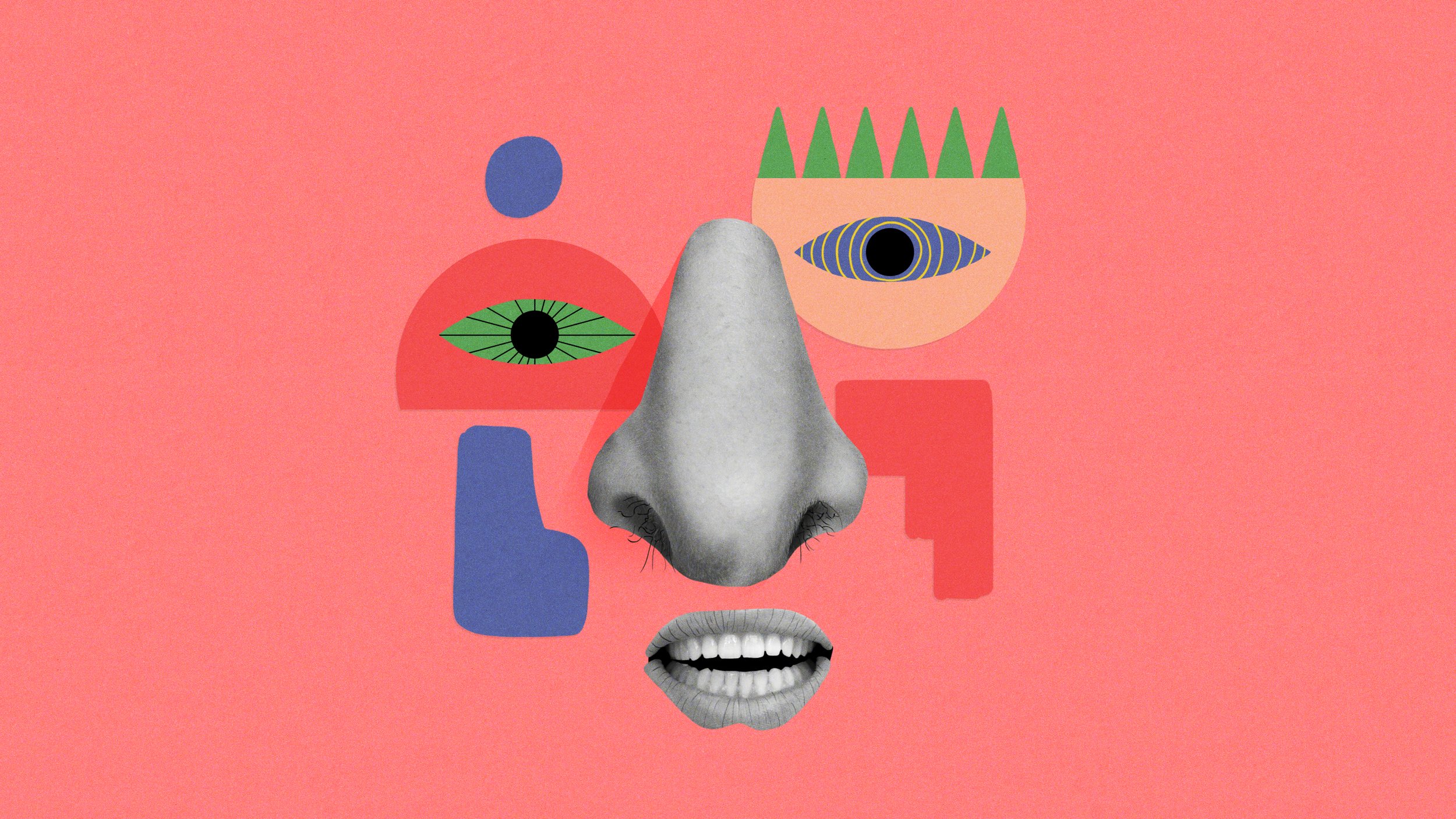
School of Motion Courses
Motion is becoming an essential part of digital design and can be the determining factor between a seamless experience and one that is jarring. The most significant lesson from the two courses is that animation doesn't have to be fancy or complex to feel good and to be interesting.
I enrolled in the School of Motion Kickstart Course and subsequently joined the Bootcamp to learn After Effects and the fundamentals of animation, spanning a total of 20 weeks. Each assignment is designed to teach a specific principle or tool, and I've included eight projects along with the goals behind each video.
One of the biggest challenges of the classes is determining how scenes are animated and transitioned. While each lesson teaches a principle, the assignment never prescribes how to piece together the storyboards. Every week, you have about 3-4 hours of TA critique videos to watch, allowing you to see how other students approached the same assignment, learn from their mistakes, and witness the limitless ways the same challenge can be interpreted.
Thinking in motion is its own skill set, and I recommend learning animation principles for any digital designer to expand their motion vocabulary.
Nostril Corks
This was the final project in the first course, Kickstart. The goal was to create a 30-second advertisement for the product Nostril Corks, and all of the artwork was designed by the famous artist Ariel Costa. The main challenge was the sheer length of the video, figuring out how to transition between the 13 storyboards, and doing so in sync with the audio. The transition I am most proud of occurs at the 10-13 second mark. The masked background expands outward, the colored shapes change form and color to match the rays in the next scene, and the factory belt pops up. This demonstrates how seamless transitions can be, despite many moving elements, if you utilize a match cut quickly.
Be the Ice Sculptor
This is the final project from the Bootcamp course. It is 1/3 finished but I plan on uploading a finished version in the next month.
Circle Society
This project focuses on follow-through movement and secondary animation, which means reinforcing the direction something is moving by moving something else in that direction or the opposite direction. This applies to all elements on the page, including the text and even the background itself. In the squares portion, all elements move in the same direction, while in the circles' initial screen, the circles align from opposite ends. In both cases, the secondary motion guides your eyes to where you should be looking, creating convincing movement. The sound in this video also contributes to the speed and overall anticipation/realization of movement.
I was provided with the animatic, consisting of pre-designed storyboards paired with audio. To animate the video, several assets, including the logo, had to be recreated in After Effects. My favorite part of the video is at the 4-second mark when the two red circles begin to spin, setting up the follow-through with the spinning logo animation and the impactful landing of the logo.
Eye Control
This lesson focuses on the principle of eye trace, which is about controlling where a viewer's eye goes. It builds on past lessons on how to animate a line or an object, emphasizing the sequencing of movements to guide the viewer to a specific place on the screen in two to three steps. These movements can be as subtle as little flashes, jumping frames, glitchy moments, or an element that repeats. For example, a simple animation that moves from left to right primes your eye to expect more left-to-right movement.
Pong Challenge
The main idea behind the pong challenge was to choreograph multiple layers working together and apply all the principles of anticipation, overshoot, follow-through, squash and stretch, and redirections. Ensuring that the animation feels fun, active, and physically correct, the ball reacts to gravity differently at different speeds. Extensive use of the graph editor was required to precisely regulate the ball's movement, ensuring it moved at the correct speed as it reached the appropriate point in its path.
Brain Hole Logo Animation
Overall, it's a simple animation that begins with a basic rectangle and a secondary animation trailing behind, exploding into the logo. It explores concepts such as match cut, reinforced motion, and overshoot upon impact. One of the subtler elements in the animation is how the tan address bar bounces within the green frame, continuing the animation and further enhancing the impact. The biggest challenge was animating everything slightly offset, making it dynamic without being overwhelming, yet ensuring it all ends at the same time.
Scrapbook Elvis
In this project, I achieved a stop-motion effect by reducing the frame rate from 23 frames per second to 12. The objective was to incorporate animation principles while deliberately creating imperfect movements. Elements don’t follow straight paths; instead, there are subtle twitches in the objects, and the animation movements are synchronized with the whimsical and humorous soundtrack
Dance Party
This assignment required me to choose one of four soundtracks and create an animation that matched the sound of the selected track. The project was exceptionally challenging as it was an early assignment in the first course, and it didn't offer any artwork to animate. Thinking in motion was difficult enough at the time, let alone trying to visualize sound. In line with the overall theme of School of Motion courses, it can be incredibly frustrating at times, but ultimately inspiring and creatively rewarding once you understand a lesson and create something you've never done before.